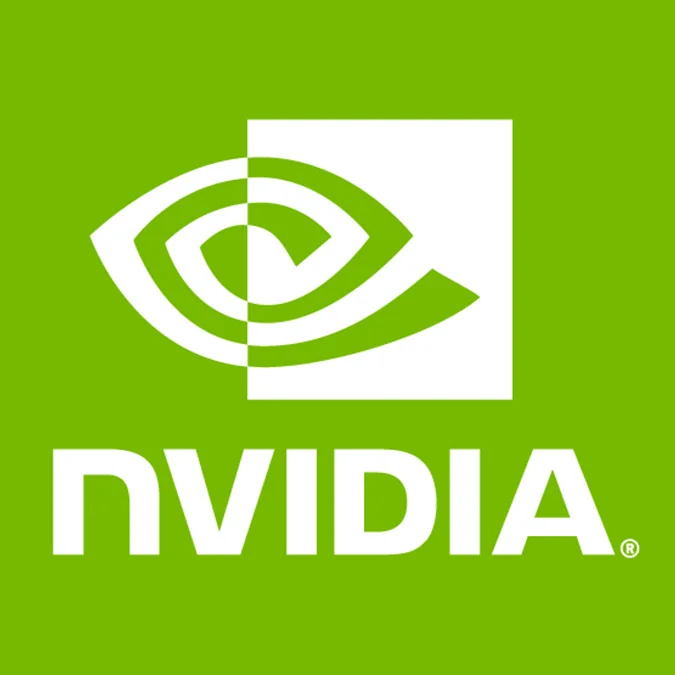An Early Benchmark Of The NVIDIA CUDA GPU Performance On WSL2

Switching to the latest fast ring Windows 10 Insider Preview builds paired with the latest NVIDIA Windows driver and then installing CUDA within WSL2 can yield working GPU-based CUDA compute support.
But as outlined on the known limitations for CUDA on WSL, performance being less than ideal is known. As the first listed limitation, "Performance has not yet been tuned on the preview driver. This is especially true for small workloads which suffer from a high overhead at this point."
On a Threadripper 3970X box with NVIDIA TITAN RTX graphics card I ran tests on the WSL2 Insider Preview build (with Ubuntu 20.04 WSL2) and then under Ubuntu 20.04 LTS bare metal with the same hardware, latest drivers, and with CUDA 11.0-RC.
Indeed, the CUDA performance was very slow for at least these tests when running under Ubuntu WSL2 on the latest Insider Preview build compared to running bare metal Ubuntu... Meanwhile some of the more common tests like Blender with CUDA, V-RAY with CUDA, etc, failed to run at this point under WSL2. In any case, as this WSL2 GPU support matures, will be around with many more benchmarks.
11 Comments

